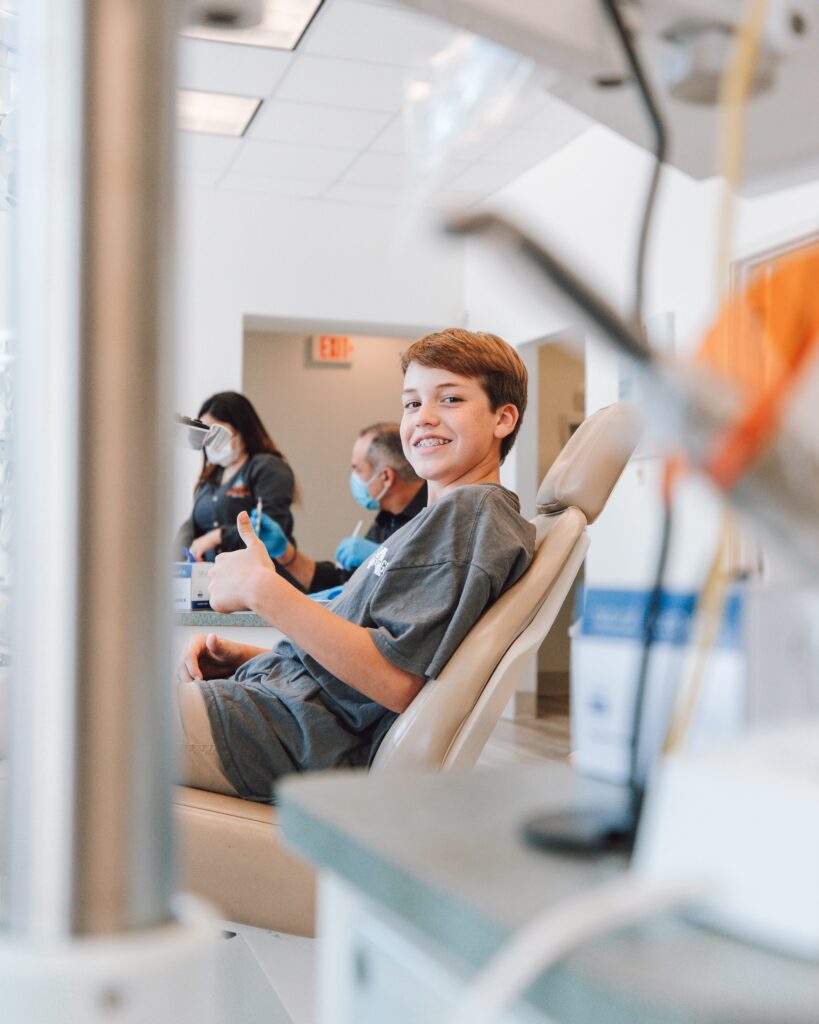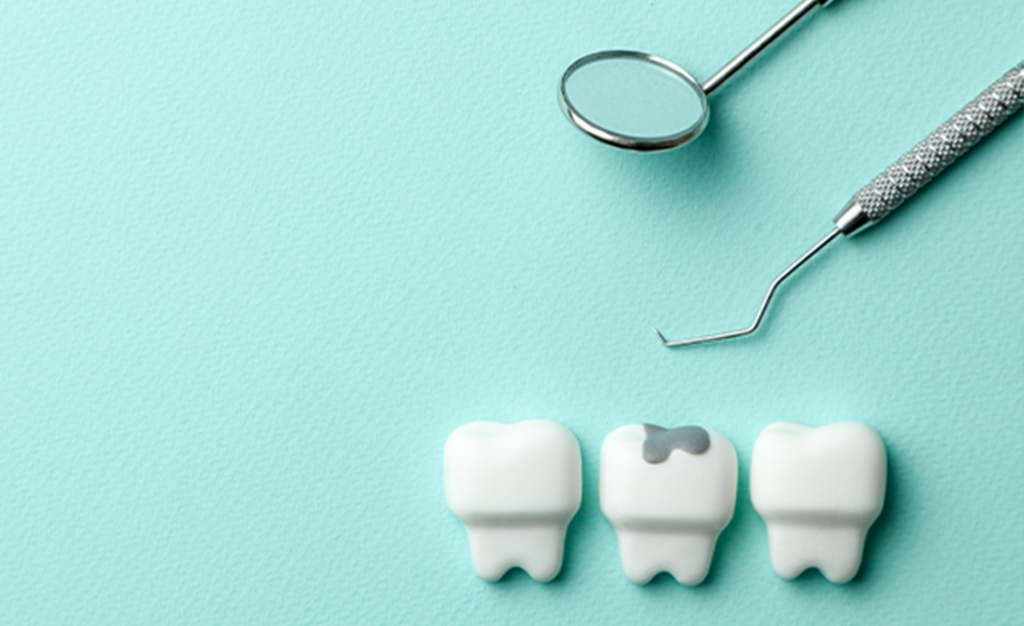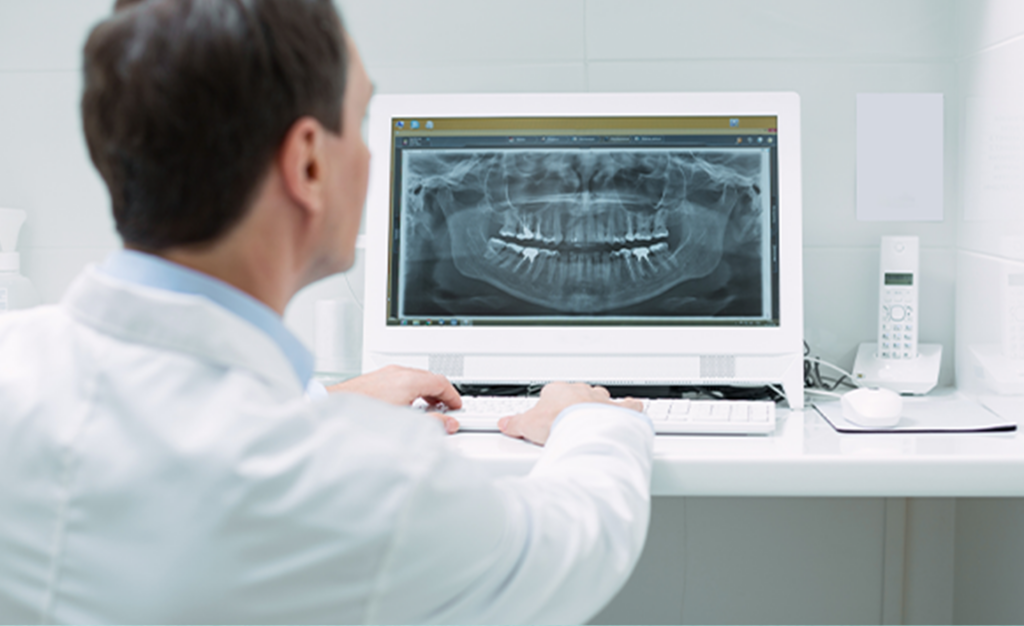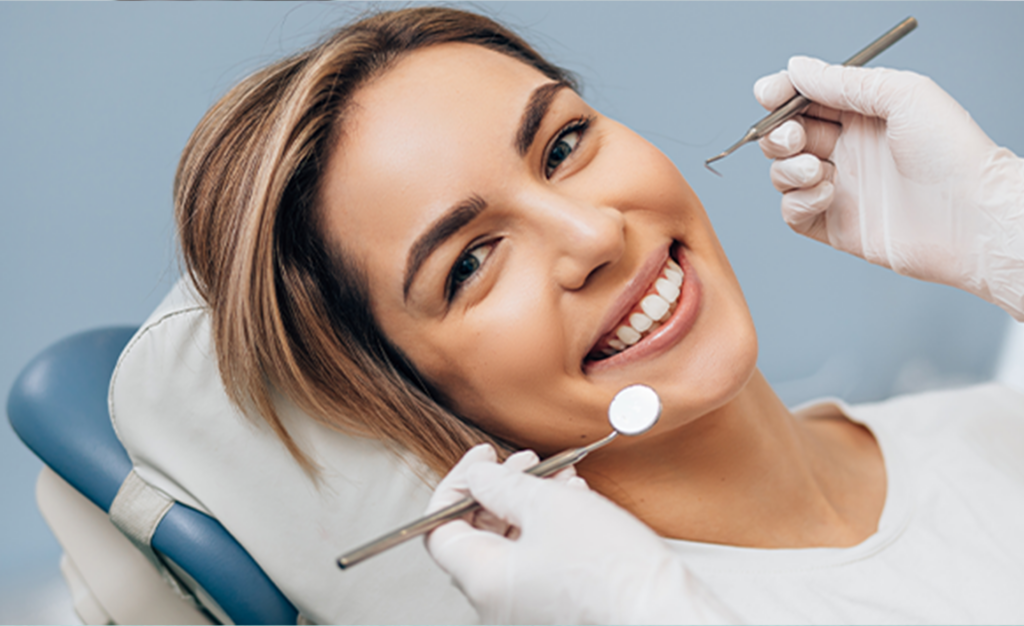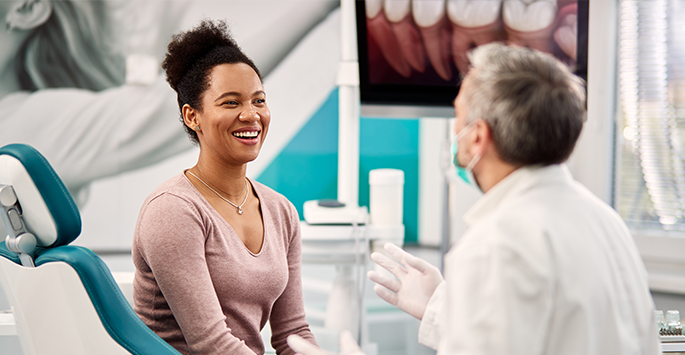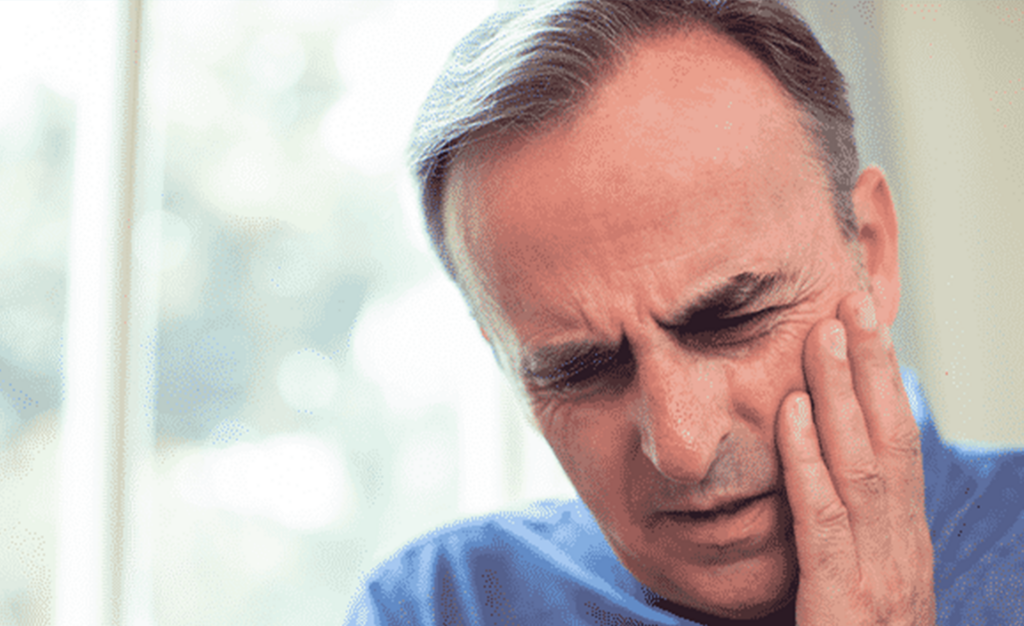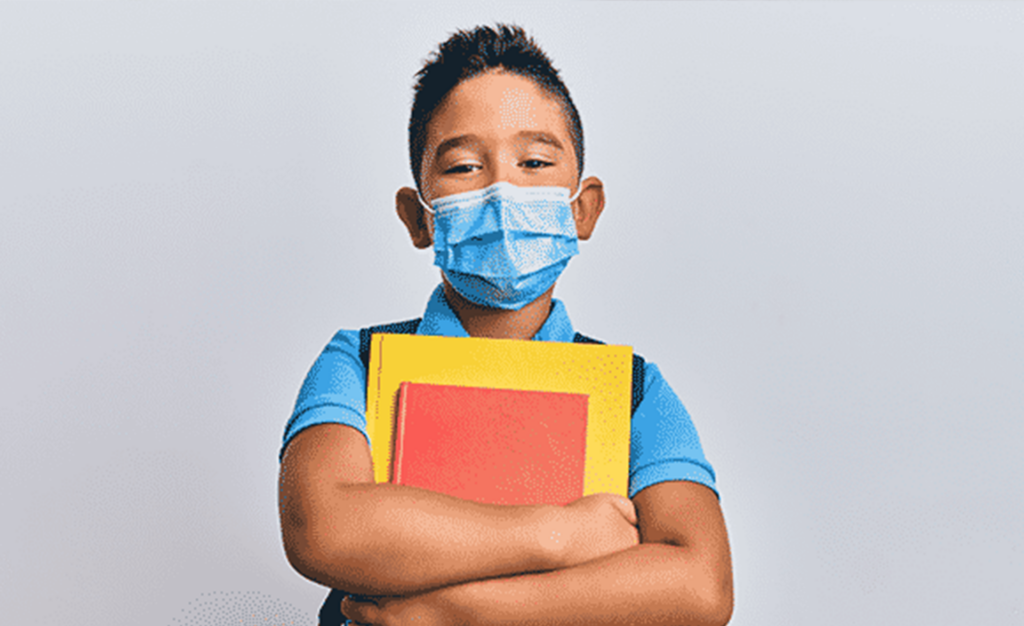
Accidents are unavoidable and can occur anywhere. Take the case of a college setting, for example. With a bustling student population biking, riding scooters, rushing to classes with heavy backpacks, and participating in contact sports, maxillofacial trauma, and dental emergencies are bound to occur. Thus, it’s good to be aware of what to do in such situations. Acting swiftly and contacting your emergency dentist in Palo Alto increases the chances of saving the tooth and minimizing potential long-term damage.
My tooth fell out: What should I do?
Losing a tooth is a common occurrence. The American College of Prosthodontists (ACP) estimates that roughly 178 million Americans are missing at least one permanent tooth. With such a large number of people in this situation, it’s critical to learn what to do if you lose a tooth.
- Handle the tooth with care: Handle the fallen tooth delicately and avoid any contact with the root area. The periodontal ligaments (tiny fibers attached to the root) play a vital role in successful reattachment. Touching or damaging these fibers can significantly decrease the chances of successful re-implantation.
- Rinse away debris: Use lukewarm water or milk to rinse any visible dirt or debris from the fallen tooth. Don’t scrub or use any cleaning agents, as they can harm the delicate tissues on the tooth’s surface.
- Reinsert the tooth if possible: If the fallen tooth is clean, attempt to place it back into its socket. However, avoid forcing it into place. Use your fingers or bite down softly to push the tooth into the socket and hold it in position.
- Store the tooth properly: If reinsertion is not possible, store the tooth appropriately until you can get to a dentist. Place the tooth in a sealed container and fully submerge it in milk or a saline solution. Both milk and saline help preserve the tooth and maintain its viability until professional assistance is available. Alternatively, if these options are not accessible, you may carefully tuck the tooth under your tongue, making sure not to swallow it.
- Contact Your Stanford emergency dentist immediately: Time plays a critical role in the successful preservation or reattachment of the tooth. Thus, it is advisable to visit a Stanford emergency dental office near you as soon as possible, ideally within the first 1-2 hours following the incident.
- Dentist intervention: The dentist will make every effort to reinsert the tooth into its socket or bond any broken fragments back into place. They will assess the condition of the tooth and surrounding tissues to determine the most suitable course of action. In cases involving nerve damage, endodontic treatment (root canal therapy) might be necessary to save the tooth.
- Tooth knocked out of position: If a tooth has been forcefully moved from its original position but is not fully dislodged, it is crucial to seek dental attention within 24 hours. The longer the tooth remains out of position, the more difficult it becomes to reposition it successfully.
What will Palo Alto dentists do if a tooth falls out?
If re-implantation of the fallen tooth is impossible, there are other potential tooth replacement options that Palo Alto dentists may recommend:
Removable partial denture
A removable partial denture (RPD) is a prosthetic device that can be easily taken in and out of your mouth. It serves to replace a missing tooth and is often the most cost-effective solution. This denture is custom-made to fit your mouth and restore your ability to speak or chew properly.
Bridge
A dental bridge is a suitable option when a tooth is missing. The dentist can bridge the gap by placing a false tooth, made typically of porcelain, in an empty space. The bridge is supported by abutment teeth, which are adjacent natural teeth or dental implants. Dental bridges are designed to blend flawlessly with your natural teeth, providing a natural appearance.
Temporary denture
A temporary denture is commonly used when a patient plans to undergo a dental implant procedure in the future. Dental implant procedures can take several months and involve multiple surgical steps. During this waiting period, a temporary denture, sometimes accompanied by a flipper tooth, can be utilized. The flipper tooth is a removable retainer that sits on the roof of the mouth and has a prosthetic tooth attached to it.
Dental implant
Dental implants are among the most common and effective methods of tooth replacement. They are designed to mimic the look and function of natural teeth. They usually consist of a titanium post surgically placed in the jawbone to serve as an artificial tooth root. This post fuses with the bone over time, providing a solid foundation for a prosthetic tooth (crown) to be attached. Dental implants offer an effective and permanent solution for replacing one or multiple missing teeth.
Fallen Tooth? Contact your Palo Alto dentist right away.
When faced with a dental emergency or traumatic injury, schedule an appointment with your Stanford emergency dentist as soon as possible. Dentists are equipped to handle emergencies and provide the necessary treatment. By seeking prompt dental care, you increase the chances of saving your tooth, minimizing complications, and restoring a healthy smile.


